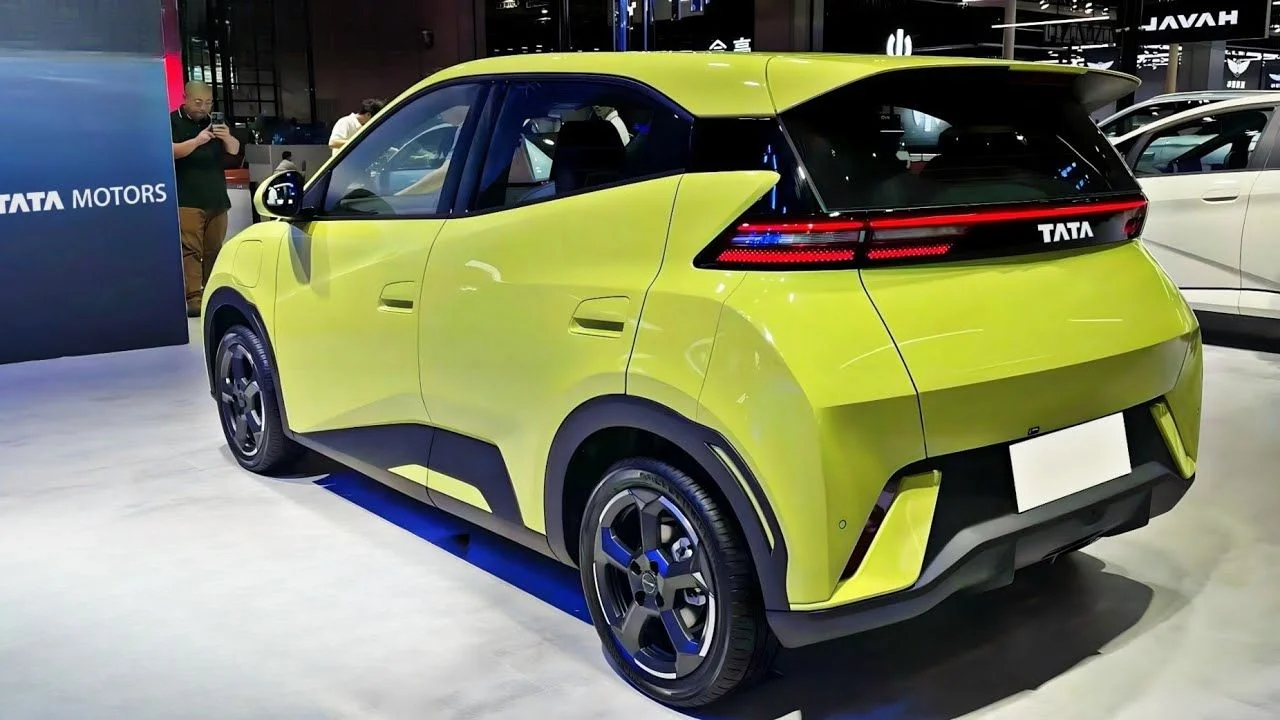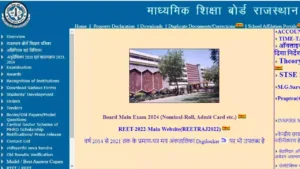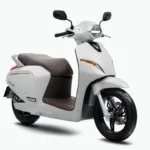The Tata Nano, launched in 2008 with the ambitious vision of being the “world’s cheapest car,” had a tumultuous journey in the Indian market. While initially praised for its affordability, it struggled to gain traction due to its unconventional design and perception of low quality. However, rumors of a potential electric reincarnation have sparked interest, raising questions about the viability and potential impact of a Tata Nano EV.
Reimagining the People’s Car
The possibility of a Tata Nano EV emerged from Ratan Tata’s own vision, showcasing an electric concept at the 2010 Geneva Motor Show. While not commercially realized, it hinted at the potential for a second life for the Nano. Speculations suggest a design inspired by the original Nano, potentially retaining its compact size and hatchback form while incorporating modern EV design elements.
Addressing Affordability and Range
The core principle of the original Nano – affordability – is expected to be carried over to the EV version. Utilizing Tata Motors’ existing Ziptron technology, featuring a permanent magnet synchronous motor and a smaller battery pack, the Nano EV could offer a driving range of around 250-300 kilometers on a single charge. This range, while likely shorter than some competitors, might be sufficient for daily commutes in urban and semi-urban areas, appealing to budget-conscious buyers.
Potential Impact and Challenges
A well-priced Tata Nano EV could significantly impact India’s EV landscape. Its affordability could attract first-time car buyers and individuals currently relying on two-wheelers, potentially accelerating the shift towards electric mobility. Additionally, the Nano EV’s compact size could prove beneficial in navigating congested city streets and finding parking in tight spaces.
However, the Nano EV faces several challenges. Firstly, the Indian EV market is already becoming increasingly competitive, with established players and new entrants offering a wider range of options. Secondly, the perception of the Nano brand, associated with its initial struggles, might need to be overcome through effective marketing and communication strategies.
Infrastructure and Consumer Considerations
The success of the Nano EV also hinges on the development of a robust charging infrastructure, especially in smaller towns and rural areas. Additionally, addressing concerns about battery safety, maintenance costs, and the overall driving experience will be crucial in building consumer confidence in the electric Nano.
Conclusion
The potential arrival of the Tata Nano EV presents a fascinating prospect. While its success is not guaranteed, it signifies Tata Motors’ commitment to innovation and sustainability. If executed strategically, the Nano EV could become a game-changer, making electric mobility more accessible to a wider segment of the Indian population. However, navigating the competitive landscape, addressing infrastructure limitations, and overcoming brand perception challenges will be critical for the Nano EV to truly fulfill its potential as the second chance for the “people’s car.”














